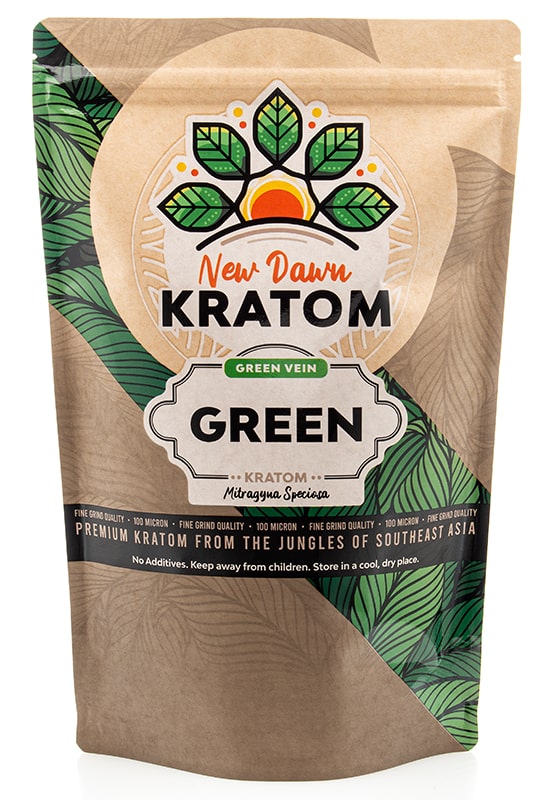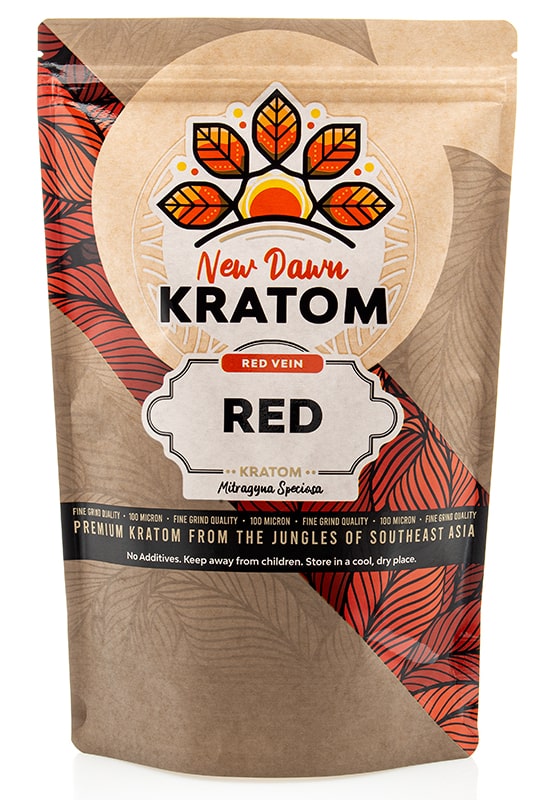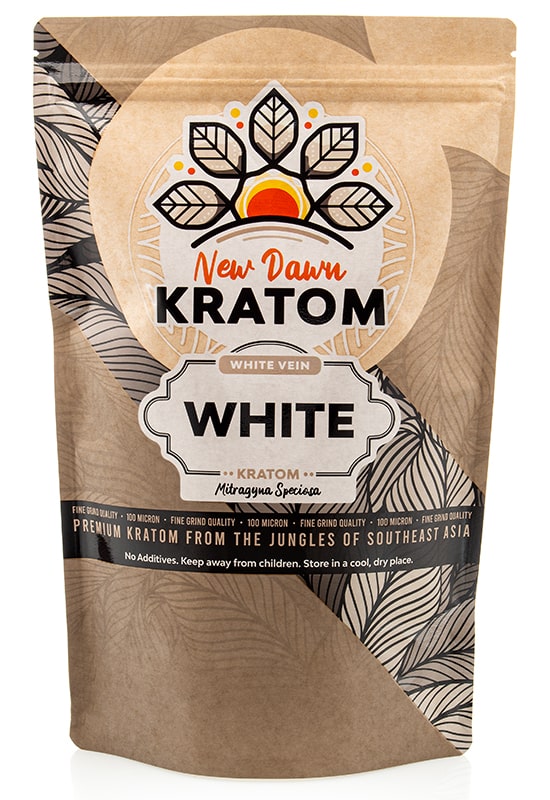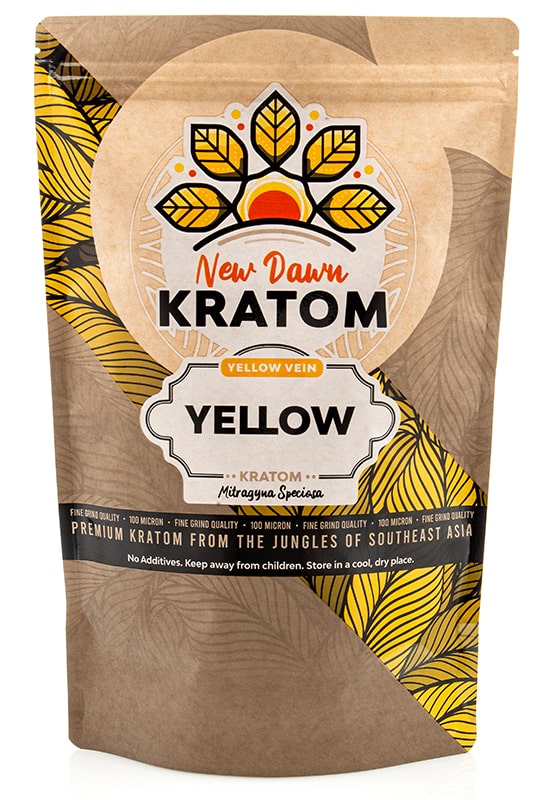You may use kratom as a morning pick-me-up or perhaps as something to relax you at the end of a long day. But how does this plant work, and what’s responsible for its awesome effects?
The secrets behind kratom and its mind-altering effects lie in its alkaloids, primarily mitragynine, and its less concentrated counterpart, 7-hydroxy mitragynine. Mitragynine is not only responsible for kratom’s effects but is also the most abundant in the kratom plant. This revolutionary alkaloid was first isolated in 1921. Moreover, mitragynine is insoluble in water, but mixing it with certain drinks and foods like orange juice and turmeric could potentiate its effects.
Read on to learn more about the average concentration of mitragynine in kratom leaves and its effects on the mind and body.
Average Mitragynine Concentration in Different Kratom Veins
The average dried kratom leaf weighs about 0.43 grams, with mitragynine accounting for between 0.9% and 1.5% of its total weight. However, the concentration of mitragynine varies according to leaf vein and kratom strain.
The three types of kratom are characterized by different vein colors. If you look closely at kratom leaves, you’ll notice that the vein and stem have different colors. Each leaf vein color has a different chemical composition and alkaloid concentration.
Red Vein Kratom
Red kratom is arguably the most popular and widely available form of kratom on the market. Its leaves are characterized by red-colored stems and veins. The plants grow abundantly in Southeast Asia.
Red vein kratom is great for beginners since it has the lowest alkaloid concentration compared to other forms of kratom. It has a mitragynine content between 0.9% and 1.3% in dried leaves. The strain tends to be relaxing and can induce feelings of well-being and peace of mind.
White Vein Kratom
White vein kratom has gained widespread popularity among kratom enthusiasts looking for a morning pick-me-up outside of a regular cup of coffee. This is primarily due to the strain’s ability to induce stimulating, energy-boosting, and motivation effects.
This form of kratom has an average mitragynine concentration of between 1.0% and 1.3% in dry leaves.
Green Vein Kratom
Green vein kratom has the highest mitragynine content, with an average mitragynine concentration of between 1.2% and 1.5%. However, the effects of green vein kratom sit somewhere between red and white vein kratom.
Green vein kratom can serve as an energy booster or a relaxing strain, depending on your dosage. Users who experiment with the strain report that it enhances their focus, alertness, and cognitive functions at lower doses. The strain reportedly brings feelings of calmness and relaxation at higher doses.
Due to the strain’s unique characteristics, some kratom connoisseurs mix green vein kratom with red and white vein kratom strains to create more rounded effects that cater to their specific needs. When properly mixed, green vein kratom can enhance or manage the overly stimulating or relaxing effects of white and red vein kratom.

Factors Affecting Mitragynine Content in Kratom
Like other plant alkaloids, mitragynine comes from interactions between different biological pathways. Even plants with the same alkaloids and biological pathways can produce varying alkaloid concentrations based on various factors, including:
Nitrogen
Like most naturally occurring compounds, alkaloids like mitragynine contain nitrogen atoms. A higher nitrogen concentration, either in the air or in water, typically results in higher mitragynine production in kratom plants. However, this process is not exponential, as nitrogen becomes insignificant at a certain point.
Sunlight
Prolonged exposure to sunlight typically results in a high alkaloid concentration in most plants, including kratom. There’s still a controversy regarding exactly how much sunlight is required for optimum alkaloid production, but plants given 12 hours of sunlight followed by another 12 hours of darkness have the highest alkaloid concentration. However, more research is needed to ascertain this fact in regard to kratom.
Temperature and Carbon Dioxide
Temperature and carbon dioxide have a direct impact on alkaloid production in plants. All plants behave differently, but since carbon dioxide is essential to photosynthesis, a higher CO2 concentration in the air may result in a higher alkaloid concentration.
Soil Components
Soil components, including bacteria and pH content, significantly affect alkaloid production. Certain types of bacteria stimulate plants to grow bigger, have an extensive root system, and produce more alkaloids.
Plants growing in soil with a high salt content also produce more alkaloids. However, this can lead to mixed results as too much salt in the soil may put a lot of strain on young plants, thus negatively impacting alkaloid production.
The Bottom Line
Alkaloids are responsible for the effects you get after taking kratom. Each strain has a unique blend of alkaloids, which come in different concentrations. This explains why you get different effects after taking different kratom strains.
Mitragynine is the most abundant alkaloid in kratom and is responsible for most of its effects. Knowing the amount of Mitragynine in kratom leaves is essential when coming up with a preferred dosage, as taking too much may result in negative side effects.
While you’re at it, it is advisable to buy kratom from reputable vendors who disclose their strains’ source and lab test results. This way, you can tell which products have the highest mitragynine content.





